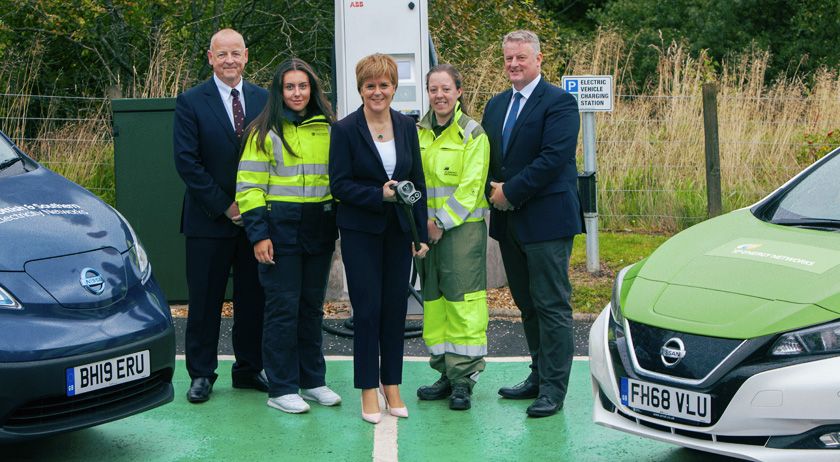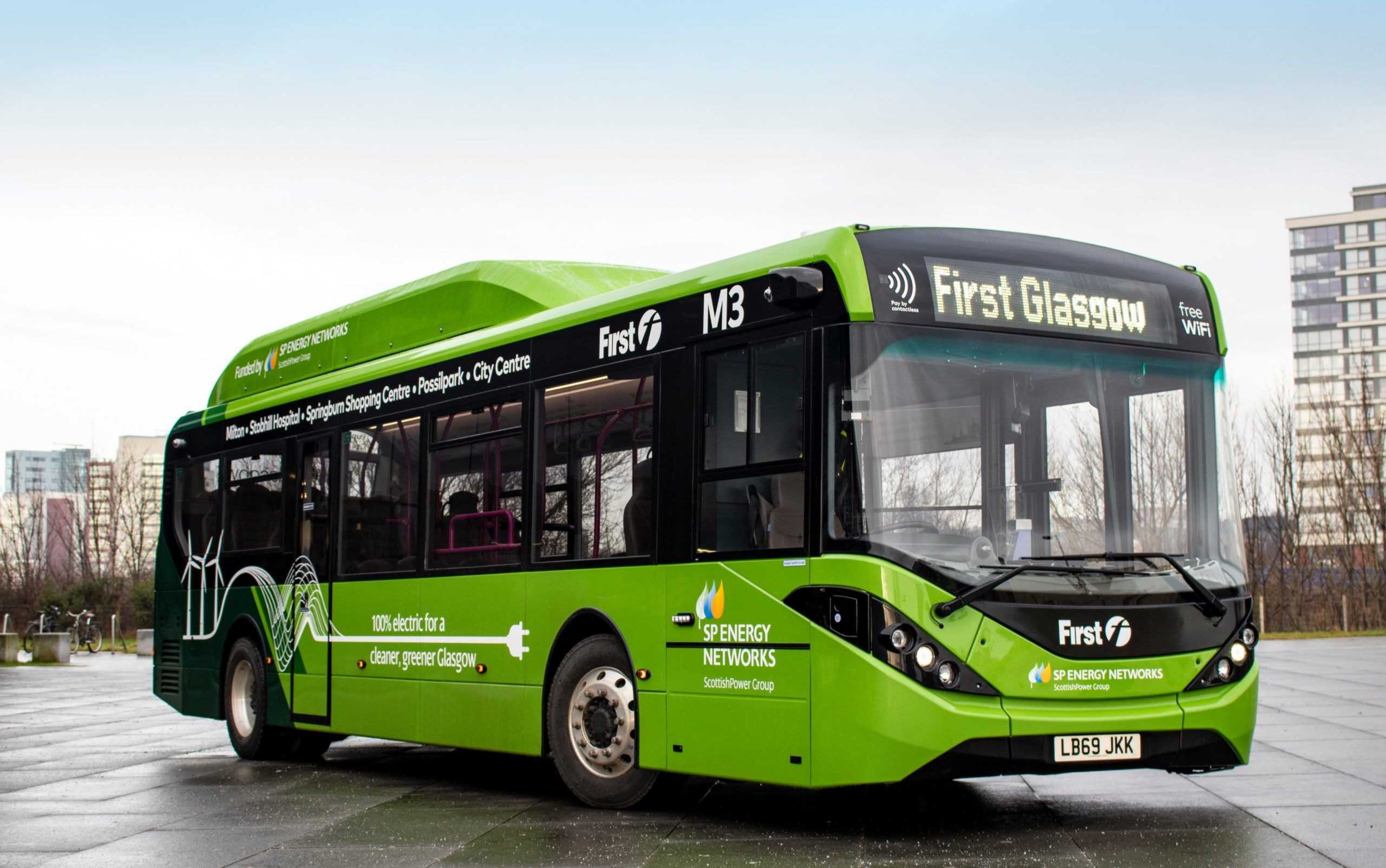
The rise and rise of electric vehicles
As we all know the Prime Minister Boris Johnson used an event about the UN climate talks in Glasgow to announce that the date for ending of the sale of petrol and diesel cars in the UK would be moved from 2040 to 2035. Except he didn’t.
He did waffle on about electric taxis in London in Victorian times but he didn’t actually make the announcement that had been so widely trailed in the media. Nor did the UK Government put out a press release or issue a consultation. Let’s assume it wasn’t just spin. There was also a later suggestion from a Minister that the date could be moved to 2032 – the same as the Scottish Government commitment.
Public transport going electric
Recent weeks have been interesting for electric vehicles, with good steps forward but also missed opportunities. The First Minister helped launch two new electric buses in Glasgow. Funded partly by Scottish Power, First Bus is now running these on city centre routes. This is good because our analysis of official air pollution figures for 2019 shows that there has been no improvement from the year before and Hope Street in Glasgow is the most polluted in Scotland.

The Glasgow buses are single deckers but London has over 200 electric buses including around 70 double deckers. Meanwhile, the electric future’s main competitor, hydrogen buses, are about to disappear from the streets of Aberdeen as their European funding runs out.
Dundee has at least 130 electric taxis, probably the biggest fleet outside London, and the local council has more of its own vehicle powered by electricity than any other council in the UK, and a possible plan for an intercity all-electric coach service.
Only part of the solution
Electric vehicles are only part of the answer to our air pollution and climate change problems, but they are a really important part. If we made every vehicle on the road electric we would make a huge reduction in climate emissions and a big reduction in air pollution but we would still have the same amount of congestion, still have much of our urban areas dedicated to parking cars and still have plenty of road accidents.
We need to transform our transport system to have less cars and different ownership models. But where we do have cars, vans lorries and buses, they should definitely be electric.
Sadly Police Scotland failed to take the necessary ambitious leap forward on electric vehicles recently when they decided to order 50 diesel cars alongside just 10 electric ones. This despite bold statements of ambition by both the Scottish Government and Police Scotland last September and a government target to have the public sector stop buying fossil-fuelled cars by 2025.
An ambitious approach would have been spending a bit more so every one of these vehicle could be electric with the savings on fuel easily paying for the extra up-front costs. Electric vehicles also tend to be much lower maintenance than fossil-fuelled equivalents, a cost saving but also important because police cars suffered nearly 350 breakdowns in 2018.
A really visionary approach would have seen Police Scotland fitting solar panels to some of the very many buildings they own around Scotland, making the operating cost of an electric fleet very low indeed. The new police vehicles order could have been lead the way but sadly the petrol heads at Police Scotland prevailed.
We have a revised Scottish climate plan and a new energy strategy coming soon and the government needs to make sure the electric transport future is fully supported, alongside much more priority for walking, cycling and public transport.
Dr Richard Dixon is Director of Friends of the Earth Scotland. A version of this article appeared in The Scotsman on Tuesday 18 Feb 2020.
